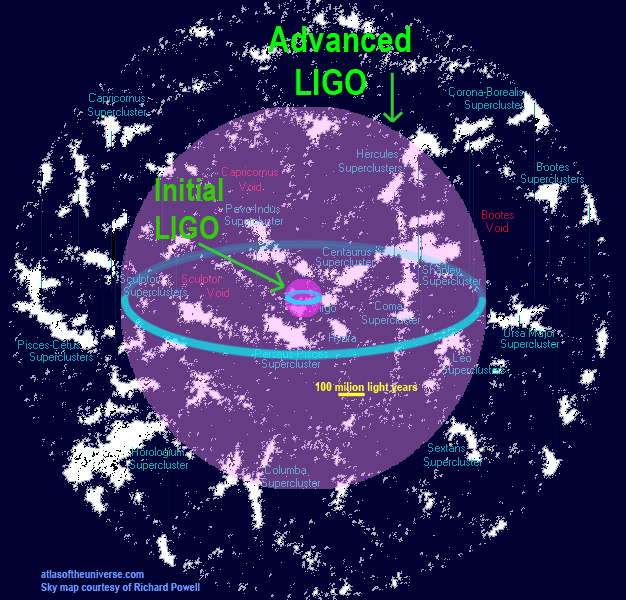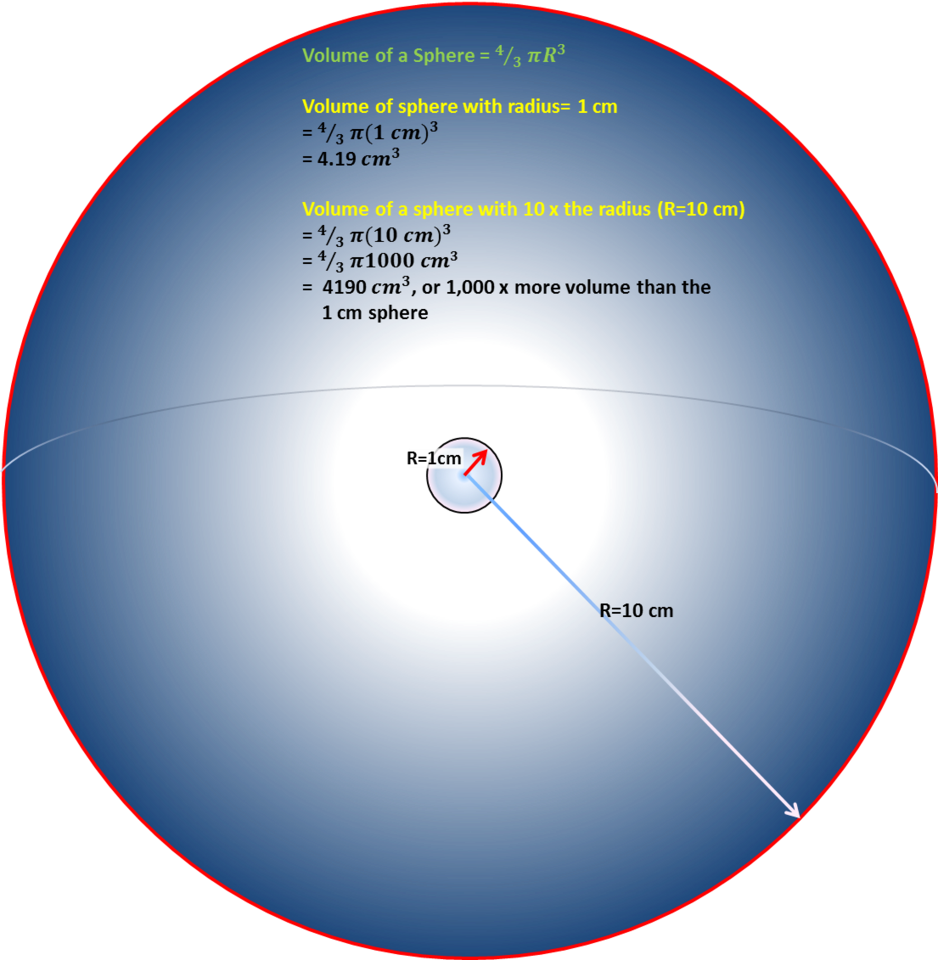Here is an excellent link that gives the facts as is, not the fabricated nonsense we see dished up the amateur lay people who somehow believe mainstream science is defrauding us all...quite funny and hilarious if it wasn't so bloody stupid!
https://www.ligo.caltech.edu/page/facts
Facts
Comprised of the world's largest precision optical instruments and two of the world's second-largest vacuum systems, LIGO is a marvel of engineering and human ingenuity. Read on for some quick facts about LIGO, its past, and its exciting future as a research facility.
Evolution of LIGO's Detectors
Construction of LIGO's original gravitational wave detectors was completed in 1999. The first search for gravitational waves began in 2002 and concluded in 2010, during which time, no gravitational waves were detected. Nevertheless, much was learned from the experience to prepare for the next phase of LIGO’s search for gravitational waves.
The lessons learned during Initial LIGO's operation led to a complete redesign of LIGO's instruments, which were subsequently rebuilt between 2010 and 2014. This redesign made LIGO's new interferometers 10 times more sensitive. A 10-fold increase in sensitivity means that the new and improved LIGO will be able to listen for gravitational waves 10 times farther away than Initial LIGO. This is an enormous improvement since listening 10 times farther away will give LIGO access to 1000 times more
volume of space (volume increases with the cube of the distance. So 10 times farther away means 10x10x10=1000
times the volume of space), and 1000 times more galaxies that host sources of gravitational waves. This much deeper search for gravitational waves began in September 2015.
 Increasing its reach in distance by 10 times, the new LIGO will probe 1000 times more volume of space containing than it did in its first search for gravitational waves.
Increasing its reach in distance by 10 times, the new LIGO will probe 1000 times more volume of space containing than it did in its first search for gravitational waves.

Ten times distance reached equates to 1000 times more volume of space probed
LIGO and Cutting Edge Discovery Science
LIGO is actually a sophisticated physics experiment designed to detect gravitational waves from some of the most violent and energetic events in the Universe. By making gravitational-wave detections, LIGO will provide physicists with the means to answer key scientific questions, such as:
- What are the properties of gravitational waves?
- Is general relativity the correct theory of gravity?
- Is general relativity still valid under strong-gravity conditions?
- Are nature's black holes the black holes of general relativity?
- How does matter behave under extremes of density and pressure?
- What happens when a massive star collapses?
- How do compact binary stars form and evolve, and what can they tell us about the history of star formation rates in the Universe?
For more detailed information on LIGO's impact on the broader scientific community, visit
LIGO's Impact on Science.
LIGO's Extreme Engineering
LIGO exemplifies extreme engineering and technology. LIGO consists of:
- Two “blind” L-shaped detectors with 4 km long vacuum chambers...
- built 3000 kilometers apart and operating in unison...
- to measure a motion 10,000 times smaller than an atomic nucleus (the smallest measurement ever attempted by science)...
- caused by the most violent and cataclysmic events in the Universe...
- occurring millions of light years away!
A few of LIGO's most remarkable engineering facts are listed below.
Most sensitivity: LIGO is designed to detect a change in distance between its mirrors
1/10,000th the width of a proton! This is equivalent to measuring the distance to the nearest star to within the width of a human hair!
World's second-largest vacuum chambers: Encapsulating 10,000 m3 (350,000 ft3), each vacuum chamber encloses as much volume as 11 Boeing 747-400 commercial airliners. Put another way, the air removed from
each of LIGO’s vacuum chambers could inflate two-and-a-half MILLION footballs, or 1.8 million soccer balls! LIGO's vacuum volume is surpassed only by the
Large Hadron Collider in Switzerland.
Ultra-high vacuum: The pressure inside LIGO's vacuum tubes is
one-trillionth of an 'atmosphere' (in scientific terms, that’s 10-9torr). It took 40 days (1100 hours) to remove all 10,000 m3 (353,000 ft3) of air and other residual gases from each of LIGO’s vacuum tubes to reach an air pressure one-trillionth that at sea level.
Air pressure on the vacuum tubes: 155-million kg (341-million pounds) of air press down on each 4 km length of vacuum tube. Remarkably, the steel tubes that hold all that air at bay are only 3 mm (0.12 inches) thick.
Curvature of the Earth: LIGO’s arms are so long that the curvature of the Earth is a measurable 1 meter (vertical) over the 4 km length of each arm. The most precise concrete pouring and leveling imaginable was required to counteract this curvature and ensure that LIGO’s vacuum chambers were
truly "flat" and level. Without this work, LIGO's lasers would hit the end of each arm 1 m above the mirrors it is supposed to bounce off of!
"""""""""""""""""""""""""""""""
Many questions answered there, and many more at the link, if people truly would like the gist of this great mission which has confirmed what we really already knew....That gravitational waves were truly a result of GR as Einstein's GR predicted, and that BH's also exist as predicted.


